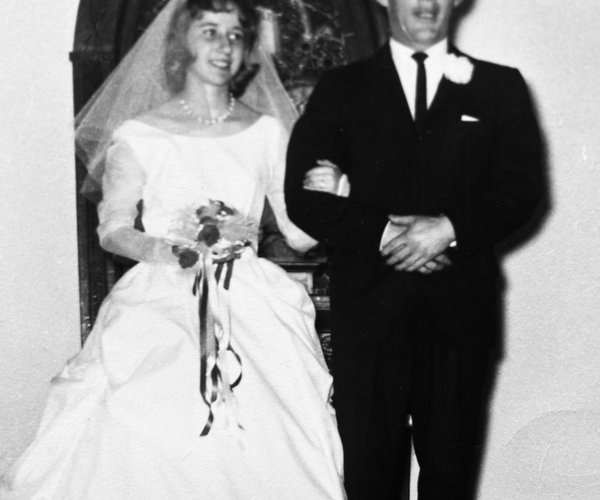Whooping Cranes have been a part of our lives for as long as I can remember. They have barely survived for many years, and now seem to be gradually increasing their numbers. It is still almost a religious experience to be able to see them in their migrations and travels to Texas and Canada every year. The trip is about 2,400 miles and has lots of dangerous territory and events along the way.
Their fall migration overlaps the duck and goose season in most states. We are all familiar with the requirement to close the refuge when the Whoopers are in town. It seems one gets shot every year or two. They also will migrate with Sandhill Cranes, which are legal to hunt and are excellent table fare. You have to take a crane identification test to get a license. They are big white birds with black wing tips. So are pelicans and snow geese – young or old guys with cataracts can easily make a mistake. I don’t know how to estimate the cost of each bird – but the penalty for killing one is more than most of us can afford. It pays to be careful. We had one killed down by Quivira a few years ago; I’m not sure of the circumstances or outcome.
Audubon has the Crane Festival at Sterling College. It was last week. We also had the Great Plains Nature Photographers meeting in McPherson. Jim and Cindy Griggs do such a fine job with that meeting. The speaker was Lee Hoy and he gave a photographer’s dream of a lecture morning and afternoon. The buffalo and elk at Maxwell got shot a lot with cameras and such.
I was on my way to McPherson for the photo course when my favorite game warden called and asked if I was interested in 14 Whooping Cranes on the ground at Cheyenne Bottoms. I was almost to Geneseo, and turned around and went back. He and I got to spend about 20 minutes on the road about 100 yards from those birds. There was one Sandhill Crane with them – it is usually the other way around – one Whooper with a hundred Sandhills. Ha! A big truck came by and flushed them or I would have been there all day.
Here is my humble tribute to those birds. I cherish these photos and am really pleased to be able to show you some of the beautiful creatures on this earth in our marsh. You will always remember the moment when you get to see them. Let’s do our best to promote their survival – they are a tribute to the humanity of Kansas and the Cheyenne Bottoms and Quivira National Wildlife Refuge. That’s a real responsibility.
Doc
Doctor Dan Witt is a retired physician and nature enthusiast. He can be reached at danwitt01@gmail.com.





